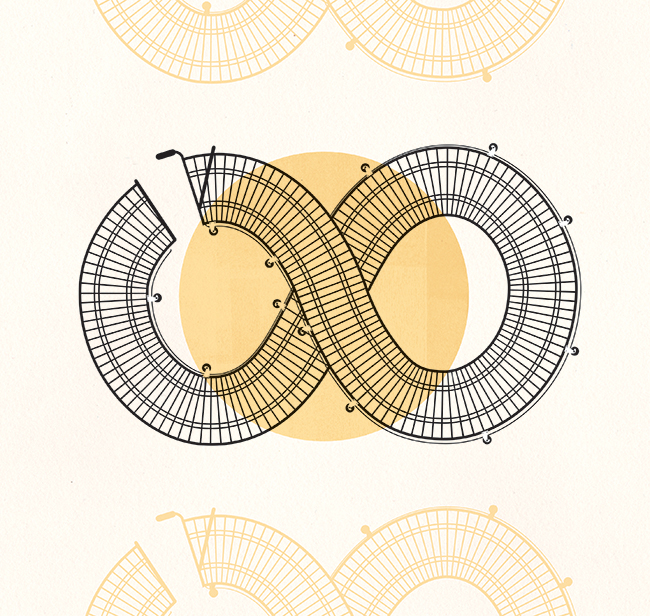ZEITGUIDE To Colette And The Remaking Of Retail

When the news hit in July that Colette—the much-celebrated, much-imitated lifestyle concept story—was closing its doors after 20 years, the fashion and retail worlds gasped.
The end of Colette isn’t a story about the imploding retail environment, however. Founder-owner Colette Roussaux decided to retire, and close the store rather than risk selling the brand name.
From its beginning in 1997, the Colette store—8,000 square feet on Rue St.-Honoré in Paris—represented a new kind of retail environment. It wasn’t focused on a category of product. Rather, it was selling an aesthetic. An “eclectic three-story trove of elaborate cocktail gowns, tuxedos, sneakers, postcards, pens and gadgets,” the New York Times called it.
Despite a staff of 110 (and 2016 sales totaling $29.4 million), this store was lovingly hands-on and family-run. Roussaux set up the displays and personally greeted guests. Her daughter Sarah Andelman did the buying (or as some like to say, the curating). She pioneered quirky, high-end/low-end product mixes, like Hermès scarves … Bic pens, and turned familiar items like soda bottles and Birkenstocks into objects of desire (or at least contemplation). It was Andelman, too, who helped designers like Simone Rocha, Demna Gvasalia and Raf Simons rise to prominence.
Colette was also an event destination: Book signings, art exhibits, pop-up shops hosted by Rihanna and Pharrell Williams—these were regular happenings. It had the world’s first see-and-be-seen water bar featuring 100 or so bottle brands.
“It’s left an indelible mark on specialty retailing,” said Zeitguide friend Rachel Shechtman, who runs her own concept store, Story, in New York City.
The apparel-homeware-lifestyle blend has been replicated by local boutiques around the globe, and by upscale retailers like 10 Corso Como and Dover Street Market. With a surprising mix of items, cafes and events, such concept stores provide a reason to go shopping in the era of e-commerce.
Colette also perfected the limited-edition brand collaboration, teaming up with Gucci and Birkenstock, Ikea and Air France, Coca Cola and Shinola. All were eager to be conferred the store’s priceless imprimatur of cool. This too has been adapted by big retail as a tool for ginning up consumer interest and urgency.
Retailers are also aspiring to Colette’s level of becoming an all-in-one destination, with “see and be seen” appeal. Apple’s move to makeover their stores as “town squares” and Saks Fifth Avenue’s fitness and pampering center (called Saks Wellery) are just two examples.
What comes next? We see the whole concept store concept evolving in new creative directions. Story, mentioned earlier, functions like a magazine, changing merchandise and theme every month. The Apartment—an offline shopping space created by online The Line—shows off wares in surroundings that appear to be someone’s home. Customers are so entranced that many reportedly want to move in.
Colette Roussaux, in fact, practically did live in a retail creation. She commuted from an apartment just upstairs. With a connection that deep, it’s hardly a wonder she and Andelman are closing rather than selling. Who could bear to watch someone else move in and maybe redecorate your vision?
